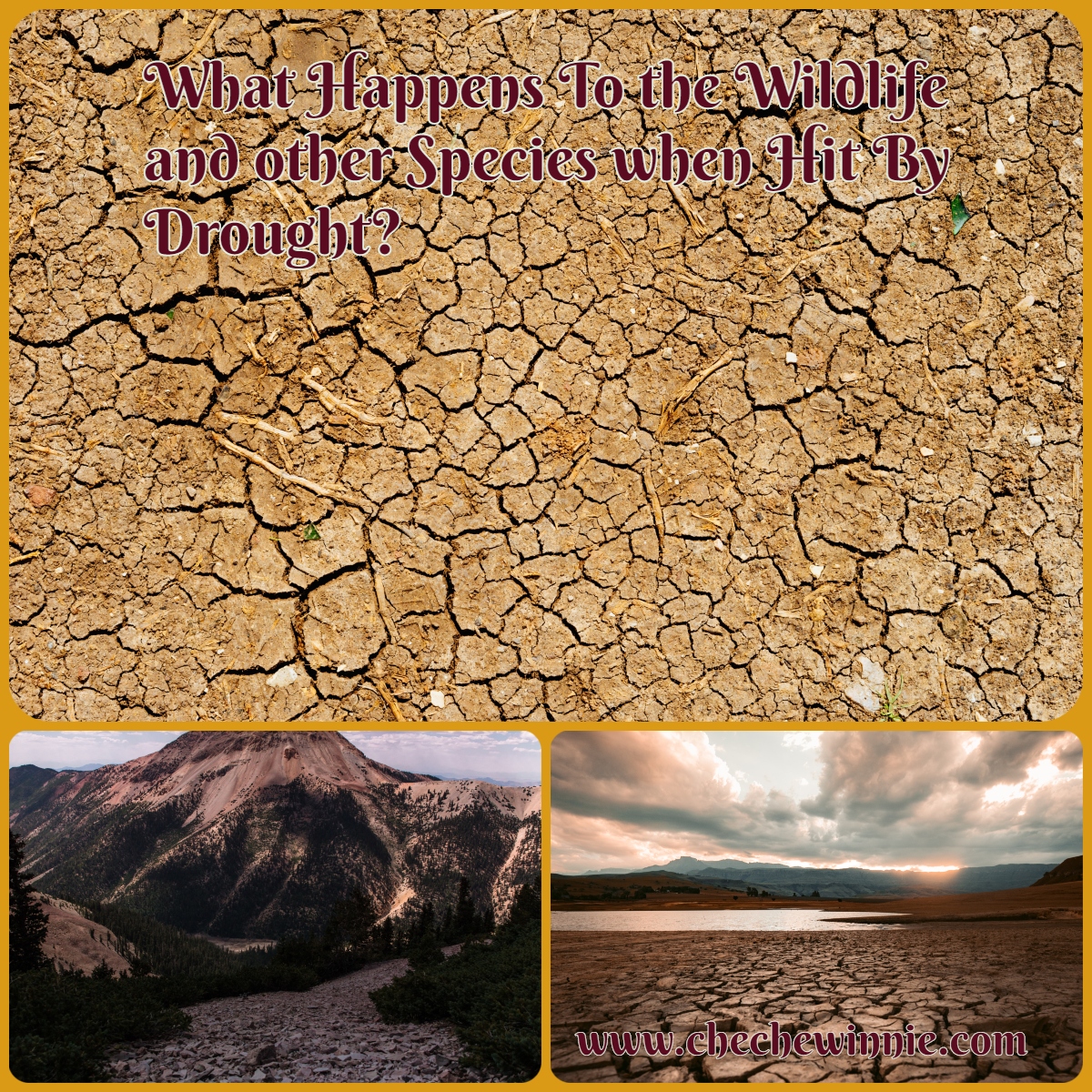What Happens To the Wildlife and other Species when Hit By Drought?
What Happens To the Wildlife and other Species when Hit By Drought? Does it cross our mind when helping humans struck by drought? Do we include them in plans made to help out those being affected by this dangerous calamity?
Climate change and global warming have given birth to severe calamities such as droughts. Which has greatly hit parts of the world, especially Africa. People and other living organisms die as
Have you ever missed a meal or drink for several hours, due to unavoidable circumstances? Maybe your hiking takes longer than you anticipated and no shop to do a refill? Every cell in your body cries out loud and pain can be unbearable.
At least in this scenario, you have hope that someone in the next day
When drought hit wildlife
Wildlife in areas hit by drought suffer a lot and put themselves in trouble with the community.
They will be forced by the circumstances to move into the communities’ space. Leading to increased human-wildlife conflicts. In the process losing their lives or getting hurt really bad.
They are also targeted as food source in such times.
Most of the water sources in the conservation areas and areas occupied by wildlife depend on the natural sources. Like rains, rivers, among others. Unlike us, they don’t have tapped water directed to the natural homes.
So the rains and rivers continue to vanish in our planet. Water sources disappear in wildlife areas. Wildlife ends up traveling long distances and invaing communities’ space in search of water.
With no rains and dried rivers, the soils will be equally dry. So vegetation dries up shortly aftrewards.
On top of, poaching and diseases, natural calamities contribute to massive wildlife wipe out.
Should we relocate wildlife in affected areas?
That may be seen as an option, but it would be a bad one.
This is because this will cause pressure on the available resources in that particular area. Thus creating more problems to the other wildlife.
So what should we do about it?
Do we know what is causing drought? Do we know what needs to be done? We know but just still top egoistic to embrace changes and correct our negative impact.
Instead of joining hands and come up with workable solutions. We are politicizing everything, and of cource, taking the opposition side of it. Forgetting that, it’s our future life on line.
We have become a money oriented people to appoint of giving a blind eye to the ugly reality staring at us. We have sacrificed our future for a short term and temporal happiness desires.
We have also became so selfish, not caring how our actions affects the rest.
The solution is to come together and speak one voice. Take climate change and global warming seriously. Distance these matters from any politics like immediately. And make it our sole responsibility to undo our destructive actions.
It’s starts with me and you. Practicing eco-friendly way of life and saying no to anyone who says otherwise.

If people would pay attention to all the wildfires and abnormal weather they would understand it only get’s worse from here.
It has come time to force everyone to understand that we have no option but attend to climate change and global warming.
🙂
A short-term solution is to create artificial waterholes for wildlife in their habitat. Do you think that would work? Perhaps the amount of water for this will not deplete reservoirs and directly compete with human needs. Of course, the best solution is a long-term one, which is to minimize human influence on climate change.
This has been done before. In Kenya we have a man who uses his track to carry water to animals in Tsavo during drought. Short-term will somehow help on the water side, but foodwise we may fail. This seriously affects the huge herbivores that have to consume huge amounts of vegetation per day. But to avoid losing them all to drought, we should apply the short term solution as we work for long term ones.
Pingback: Urban Versus Rural Areas Waste Management Culture | Cheche Winnie
Pingback: Urban Versus Rural Areas Waste Management Culture – Cheche Winnie
Pingback: Kenya's 2nd National Climate Change Action Plan (2018 - 2022) | Cheche Winnie
Pingback: Why Do You Fight For Wildlife? | Cheche Winnie